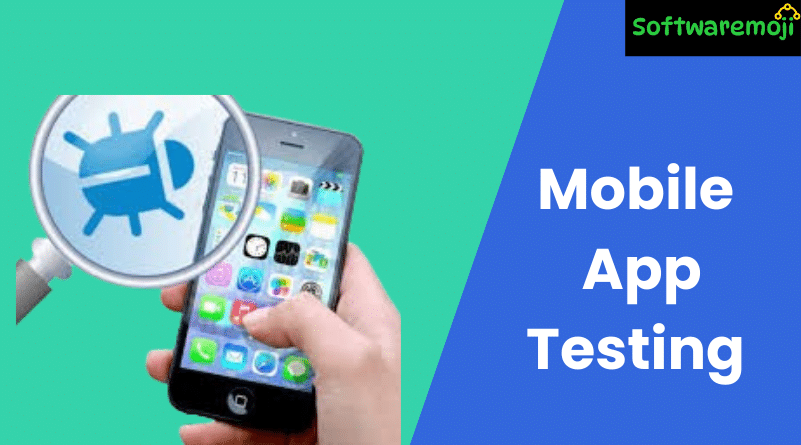
👉Mobile App Testing
Mobile App Testing: Testing mobile apps requires a robust and well-structured strategy to ensure quality, performance, and security across all devices and platforms. In this article, we’ll provide sample mobile app test cases and scenarios categorized by testing types like Functional, Performance, Security, Usability, Compatibility, and Recoverability.
Table of Contents:
- Functional Testing Scenarios
- Performance Testing Scenarios
- Security Testing Scenarios
- Usability Testing Scenarios
- Compatibility Testing Scenarios
- Recoverability Testing Scenarios
- Additional Mobile App Testing Checklist
👉 Functional Testing Scenarios for Mobile Applications
Mobile App Testing: Functional testing ensures that all features and transactions work as expected. Here are some key test cases:
- ✅ Verify mandatory fields are validated correctly.
- ✅ Validate app behavior on startup and shutdown.
- ✅ Check app minimization when a call or SMS is received.
- ✅ Verify multitasking support while app is active.
- ✅ Test social sharing and payment gateway integrations.
- ✅ Validate scroll functionality, navigation between modules.
- ✅ Ensure error messages appear during network failure.
- ✅ Verify app auto-start and crash recovery behavior.
- ✅ Confirm app compatibility across 2G, 3G, 4G networks.
- ✅ Run regression tests after updates or bug fixes.
👉 Performance Testing Scenarios
Performance testing evaluates how well the app functions under various conditions.
- Test app under high, medium, and low load.
- Check network handling under weak signal strength.
- Validate server-side performance and bottlenecks.
- Monitor response time under load.
- Measure battery and memory consumption during usage.
- Test performance while switching networks (WiFi <-> Mobile Data).
- Ensure app stability during long use and high user activity.
👉 Security Testing Scenarios
Security testing ensures sensitive data and user sessions are well-protected.
- Validate app against brute force login attacks.
- Confirm secure password protection and session management.
- Check for SQL injection and other input validation threats.
- Test SSL certificates and secure pinning.
- Prevent insecure data storage and buffer overflows.
- Secure cookies, local file storage, and cache usage.
- Run audits to assess data protection strategies.
👉Usability Testing Scenarios
Usability testing focuses on user experience and design efficiency.
- Buttons must be easy to tap and consistently positioned.
- Icons must be intuitive and familiar.
- Support undo/back actions for wrong inputs.
- Ensure text is readable and uses appropriate font size.
- Test language translation capabilities and UI syncing.
- Provide a user manual or help section for guidance.
- App should notify users when downloading large data.
👉 Compatibility Testing Scenarios
This type of testing ensures the app works seamlessly across devices.
- Validate UI on different screen sizes and resolutions.
- Ensure alarms or calls minimize the app without crashing it.
- Confirm behavior on different OS versions (Android, iOS).
👉 Recoverability Testing Scenarios
Recovery testing checks how well the app handles crashes or interruptions.
- Validate app recovery post unexpected crash or device reboot.
- Test app behavior during power loss or battery removal.
- Ensure data is re-synced after network disconnection.
- Use proper mobile testing tools to ensure smooth recovery.
👉 Mobile App Testing Checklist
Here are some critical checks every tester should include:
- Installation/Uninstallation time validation.
- Network performance and stability.
- Unmapped keys or hidden shortcuts.
- Splash screen and background app behavior.
- Low battery with high processing demand.
- App reaction to charging and battery removal.
- Battery consumption patterns.
- Continued input during network interruptions.
- Side effects of the app on system performance.
👉 Final Thoughts
Thorough mobile app testing using these categorized scenarios helps in delivering a high-quality user experience. These test cases cover everything from performance and usability to security and compatibility—essential for mobile testers, QA engineers, and developers alike.
Click To Open
👉Tutorial-1: Emulator vs Simulator vs Real Device Testing
